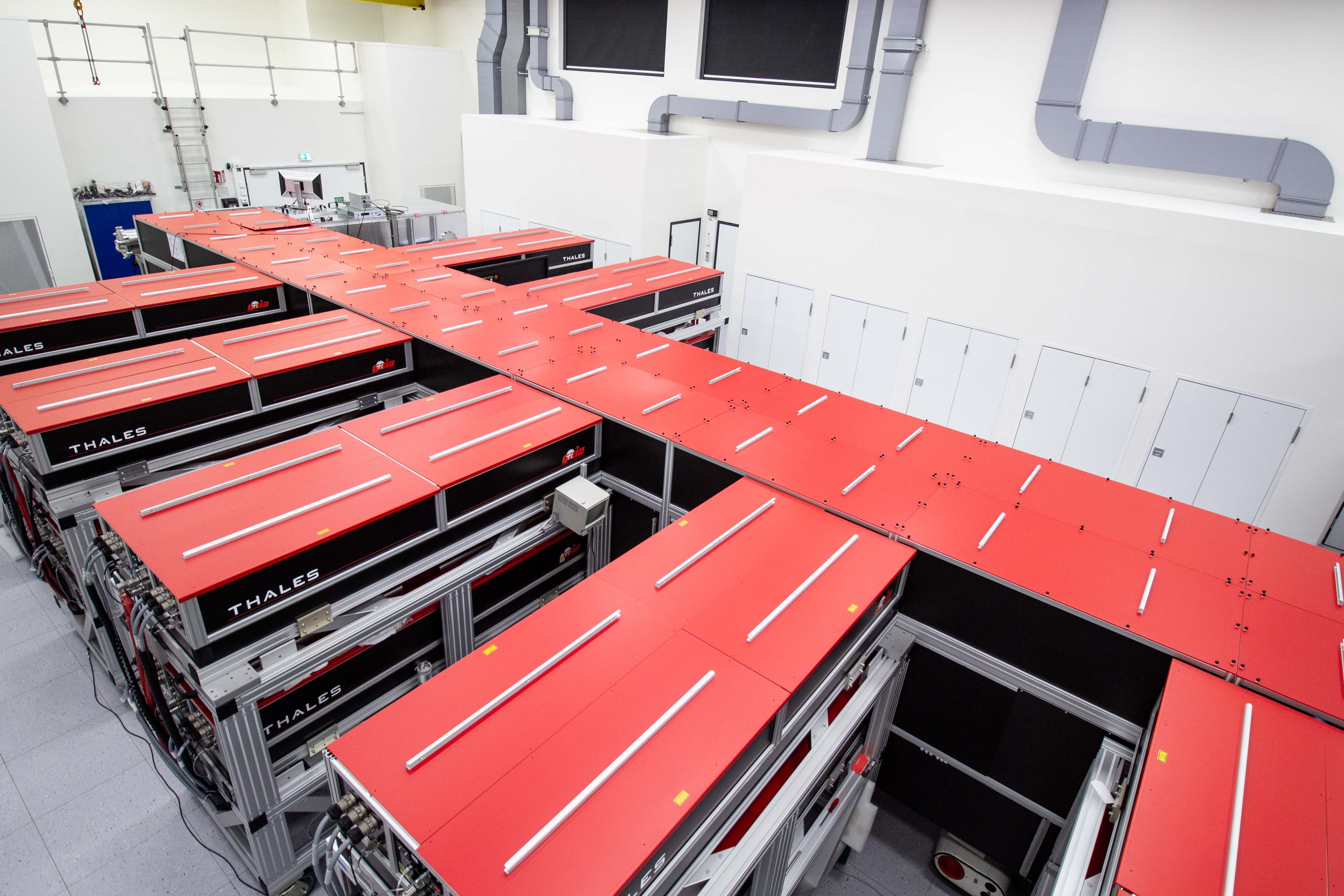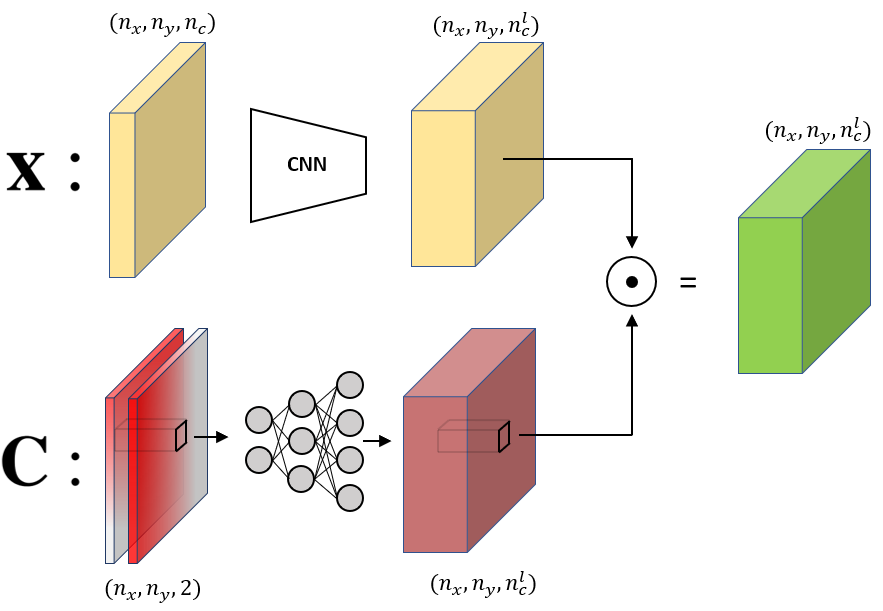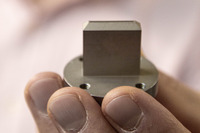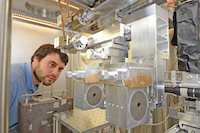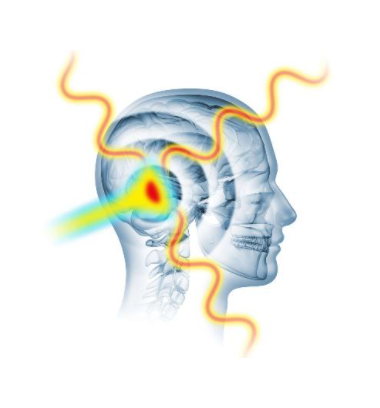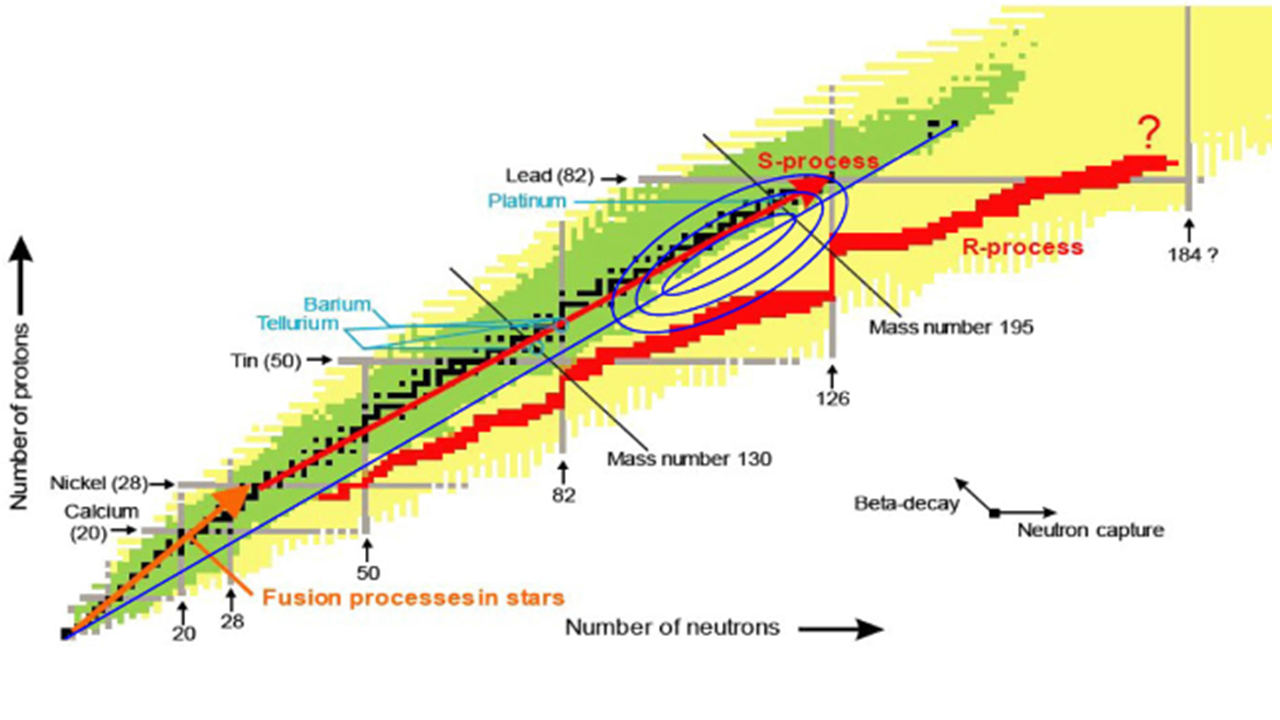Research
Our teams use the unique properties of the ATLAS-3000 multi-petawatt laser system for a wide range of experiments, ranging from fundamental plasma and accelerator physics, over the generation of high-brilliance light sources to applications in fields such as astrophysics and medicalphysics.
For student-level introductions on these topics visit our education pages.
-
We develop high-power laser systems for intensity frontier applications.
more
-
We use advanced diagnostics and machine learning techniques to understand and master petawatt-class laser systems.
more
-
Electron acceleration via plasma wakefields offers unprecedented acceleration gradients, thus shrinking accelerators from hundreds of meters down to a few centimeters in size.
more
-
Laser-driven ion acceleration can provide significant numbers of particles concentrated in bunches of very short duration and can enable hitherto inaccessible investigations of fast physical and chemical processes in matter.
more
-
Medical physics is one promising application field of laser-driven particle acceleration and related multi-modal radiation sources. The chair for medical physics at the LMU, represented by its head Katia Parodi, pursues important activities that are based on sources developed in PULSE and help to improve their capabilities.
more
-
-
Understanding the nucleosynthesis of heavy elements in the universe ranges amongst the key topics currently addressed in nuclear astrophysics. ‘Waiting points’ at closed nucleon shells play a crucial role in controlling the reaction rates. However, since most of the pathway of heavy-element formation via the rapid-neutron capture process (r-process) runs in ‘terra incognita’ of the nuclear landscape, in particular the waiting point at N=126 is yet unexplored and will remain inaccessible to conventional nuclear reaction schemes even at next-generation radioactive beam facilities.
more
-
High-power lasers can generate brilliant secondary light sources ranging from the THz to gamma-ray regimes.
more


